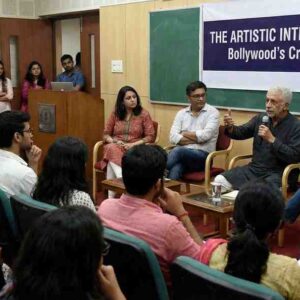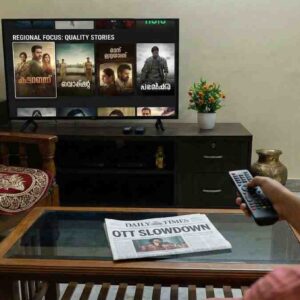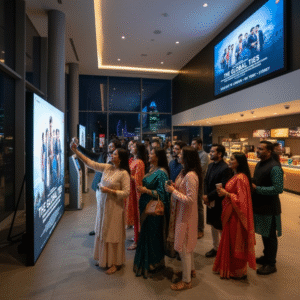From Script to Screen—What It Really Costs to Go Big in India
Mumbai – 2025
When a Bollywood blockbuster releases, headlines speak of box office figures, star salaries, and viral trailers. But behind every ₹200 crore spectacle lies an intricate financial structure—a delicate balance of production risk, distribution bets, marketing blitzes, and post-release monetization.
In today’s market, with rising costs and shifting viewer preferences, producing a blockbuster is no longer just creative ambition—it’s a calculated, high-stakes business operation.
Step 1: The Script—Where It All Begins
Before anything else, the story must be sold—first to the producer, then to financiers.
At this stage:
- Script development may cost ₹20–50 lakh, including writer fees and research
- Often led by story labs, writers’ rooms, or adaptation rights (especially for books, real-life events, or South Indian originals)
- Some projects are commissioned by studios for specific stars or festivals
This is wherecreative risk is lowest—but foundational.
Step 2: Casting & Pre-Production—Where the Risk Begins
Star fees can account for30–45% of total budget. For example:
- Top-tier male leads command ₹25–50 crore per film
- Female leads typically earn ₹6–15 crore (though the gap is narrowing)
- Director and music rights can cost another ₹5–10 crore for A-list talent
Pre-production includes:
- Location scouting (domestic and international)
- Costume and set design
- Hiring crews (DoP, assistant directors, etc.)
- Script breakdowns for scheduling
Total cost at this stage: ₹10–₹50 crore depending on scale.
Step 3: Principal Photography—The Bulk of the Burn
Shooting a major Bollywood film across 2–3 schedules involves:
- Studio rentals and set construction (₹10–20 crore)
- Location permissions, international shoots, insurance (₹5–10 crore)
- Crew salaries, spot vendors, logistics, travel (₹8–15 crore)
- VFX planning and technical equipment rentals (₹4–10 crore)
Films with heavy CGI (Adipurush,Brahmāstra,Robot 2.0) may spend30–50% of their budget on post-production and VFX.
Step 4: Music & Marketing—Where Hype is Engineered
Marketing is no longer just hoardings and TV spots. Today, studios invest in:
- Digital campaigns & influencer marketing (₹2–5 crore)
- Trailer launches & song drops across platforms
- City tours, press junkets, social media blitz
- OTT teaser rights & tie-ups with brands, fashion lines, or beverages
Music rightsfor an anticipated album can fetch₹10–20 crore upfront, often offsetting costs before the release.
Total P&A (Print & Advertising) can reach₹20–40 crorefor a top-tier release.
Step 5: Distribution & Theatrical Release
Theatrical release rights are soldterritory-wise:
- Domestic: Divided into 10+ zones (Delhi-UP, East Punjab, Bihar, etc.)
- Overseas: Middle East, USA-Canada, UK-Europe, Australia-NZ
Distributors pay aMinimum Guarantee (MG)orRevenue Share, taking on exhibition risks.
Simultaneously, OTT rights are sold pre-release torecover major production costs upfront.
Example: A ₹150 crore film may recover:
- ₹80 crore from digital and satellite rights
- ₹30 crore from music and brand partnerships
- ₹40–50 crore from domestic & overseas theatrical pre-sales
Step 6: Post-Release Monetization
Once the film is out, revenue trickles in through:
- Box office collections (net and gross)
- Long-term OTT licensing
- Merchandising and franchise spin-offs
- International dubbing and re-releases
- Airline, hotel, and IPTV rights
If the film flops, the loss is often absorbed by the distributor. If it hits,backend bonuses for stars and directors kick in.
Profit or Prestige?
In 2025, Bollywood blockbusters are expected to:
- Spend upwards of ₹200 crore for high-scale spectacles
- Depend on at least four monetization pillars (theatrical, OTT, music, brands)
- Break even before release in some cases—purely on the strength of their brand ecosystem
But the risk remains. For everyJawanorPathaan, there’s aLaal Singh ChaddhaorAdipurush.
The Bottom Line
Making a blockbuster in India isno longer just about making a film—it’s about making a financial plan.
Because in the modern Hindi film industry,every line of dialogue is backed by a spreadsheet—and every climax is a corporate calculation.










